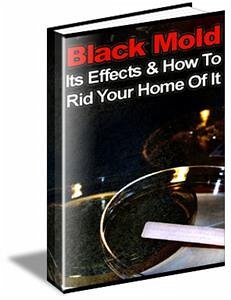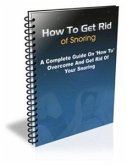What Is "Black Mold"?Often, when individuals, whether in the news or other forms of public media, discuss "black mold" they are talking about a certain type of mold. This mold is scientifically categorized as Stachybotrys Chartarum. It will appear as a greenish black mold in color although it is only deemed "black" mold.Black mold is also often referred to as "toxic mold". More often than not, black mold can be seen forming in areas around a home that has higher humidity levels(above 55%) indoors, or in places that have suffered water damage or are more prone to become water-soaked such as basements, kitchens, and bathrooms.The damp conditions make a perfect breeding ground for the small spores to multiply. The way in which mold reproduces is through these microscopic spores that are created when the conditions are right. Most mold grows, or reproduces, in damp areas, as mentioned previously .With ever increasing changes in the Earth's weather patterns, the more "wet" weather, the more chance of having a "black mold" infestation. Your home is more prone to a black mold invasion if you live in an area that is exposed to frequent flooding or extremely wet, and/or humid, conditions.Black mold can grow on anything porous. Including wood, cement, paper, clothing of all types, behind wallpaper, ceiling tiles, and other common household building materials.With that said, it is also very common to find black mold growing rampant on gypsum board, more well known as 'drywall', which is a major part of any home construction project.It is important to note that mold spores are all around us all the time and that no home is immune to them. No matter how clean you keep it indoors. You must understand that when mold reproduces, it is damp. However, when this newly formed grouping of mold dries, it can become airborne, whether this be indoors or out. Due to this, there is always a great possibility that if there is any type of excess moisture build up within your home, mold could begin growing inside.
Bitte wählen Sie Ihr Anliegen aus.
Rechnungen
Retourenschein anfordern
Bestellstatus
Storno









